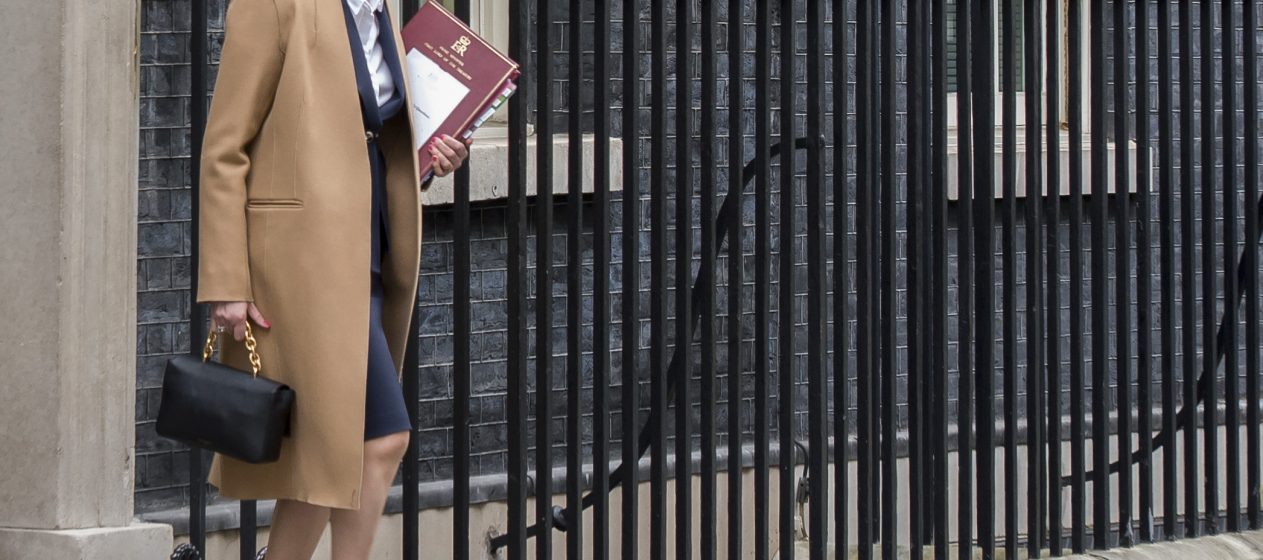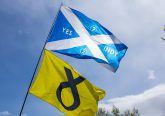Theresa May has this morning announced that she intends to call a general election on June 8 in a bid to increase the size of her parliamentary majority and to reduce the ability of opposition parties to extract concessions from the government during Brexit negotiations.
This raises the question of how she plans to achieve the election, given that the Fixed-term Parliaments Act (2011) removed the Prime Minister’s ability to trigger general elections. Under the Act, an early election can only be called under two conditions;
(i) if the government is defeated in a vote of no confidence and parliament does not vote to express confidence in a government within two weeks, or
(ii) if a two-thirds parliamentary majority endorses the calling of an early election.
In theory, the government could also repeal the act with a simple majority, but option (ii), i.e. a bipartisan call for an early election, is by far politically the best option for the government.
Labour has this morning confirmed that it will vote for an early election. This should allow the Prime Minister to secure the required two-thirds parliamentary majority comfortably. Of the 650 MPs in the House of Commons, the Conservative Party currently has 330 MPs, Labour has 229. The Prime Minister is seeking a vote in Parliament tomorrow.
The Prime Minister, who had previously been adamant that she would not seek an early poll before the statutory end of the current parliament’s term in 2020, argued that the situation has been changed by the divisions within Westminster over Brexit. In her speech, she singled out Labour and the Liberal Democrats, as well as the House of Lords: “In recent weeks Labour have threatened to vote against the final agreement we reach with the EU. The Liberal Democrats have said they want to grind the business of government to a standstill, the SNP say they vote against the legislation that formally repeal Britain’s membership of the EU. And unelected members of the House of Lords have vowed to fight us every step of the way.”
The background to Mrs May’s decision to call a snap election is the government’s small majority of 17 and the abiding weakness of the Labour Party under Mr. Corbyn.
A general election in June will also solve two further problems for Mrs May. First, it will lift the threat of possible by-elections that could be triggered by the ongoing police investigation into allegations that the Conservative Party systematically over-spent in the 2015 election and far exceeded legal restrictions on election expenses in more than 10 seats. Second, the election addresses the fact that Mrs May has no popular electoral mandate herself. She came to power after David Cameron’s resignation in July 2016, when her other rivals pulled out of the Conservative leadership race. A general election will allow Mrs May to move beyond the 2015 Tory manifesto, and to campaign for her own policies — including her particular vision of Brexit.
Two polls over the Easter weekend put the Conservatives 21 points ahead of Labour. But the election also holds risks for the Conservatives. Neither the party nor its voters are united in their preferences regarding the Prime Minister’s vision of Brexit. The Lib Dems, who performed particularly poorly in 2015 following their participation in the coalition government led by David Cameron, could recover in areas that voted “Remain”. The SNP is likely to use the election to win a new mandate for a second independence referendum in 2019. In Northern Ireland, the election compounds the political turmoil, which followed the failure of the DUP-led power-sharing government, electoral losses for the DUP, and the subsequent inability of the unionist and nationalist parties to come to a new agreement. Mrs May will be hoping that she can compensate for these electoral risks with large Conservative gains against an exceptionally weak Labour Party.







